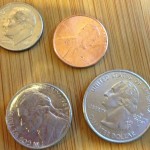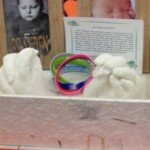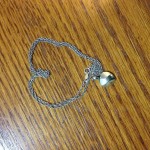As an ardent antiquer, I appreciate the old, the abandoned, and the recycled. Antiques are mostly timeless, however some may tarnish or rust, but these objects degenerate slower than humans do. Objects are not mortal, but they are not immortal either, a portion are doomed to sit in warehouses for their eternity, like the Cathode Ray Tubes in Lepawsky and Mather’s essay, A Terminal Condition: The Cathode Ray Tube’s Strange Afterlife. I find comfort in their suggestion that “If burial is not an ending, perhaps we can rejoice in recycling?” Although invalidated in Lepawksy and Mather’s essay due to the futility of the CRT, it is possible that we may be able to recycle other inanimate victims of obsolescence.
It is scary but solid to think that our possessions may outlive us—this conception spawns an image of my crumbling skeletal remains atop a glossy, unblemished iPhone 57. However, if objects are so lasting, why do our narrative histories favor the human subject? It is plausible that we elevate human agency because we are proud, and elevate our memories and feelings above the earthly objects which we create and own. Our narratives may incorporate the use of an object as a symbol, or a children’s novel may anthropomorphize and personify a toothbrush, ascribing it feelings, relationships, but objects will never be able to feel things or love; that is why it is difficult to include objects into our narrative histories. Even so, it may be easier to assimilate with objects in a biographical narrative because “[b]iographical objects, like souvenirs and memorabilia, are both tangible parts of our past as well as of our present because of the feelings and images with which they are invested or that they are able to evoke. They act as proof of the narratives through which we fashion the self and our past” (Albano 17).
Also, in Caterina Albano’s essay, Displaying lives: the narrative of objects in biographical exhibitions she writes, “[t]he recognition of an object as the embodiment of an intrinsic truth that substantiates the writing of natural and cultural history suggests the cultural significance of objects as tangible links between the past and the present, between reality and its articulation as narrative systems, whether social, economic, or cultural-historical” (17). Thus, objects are simultaneous representatives of the past and of the present. Things have a creation or “birth”, a life, where they are used in daily functions, and also an afterlife, which may include recycling, conservation, or even reuse, therefore linking the past and the present and allowing the object to live again. Objects are not reincarnated, they are reinstated.





